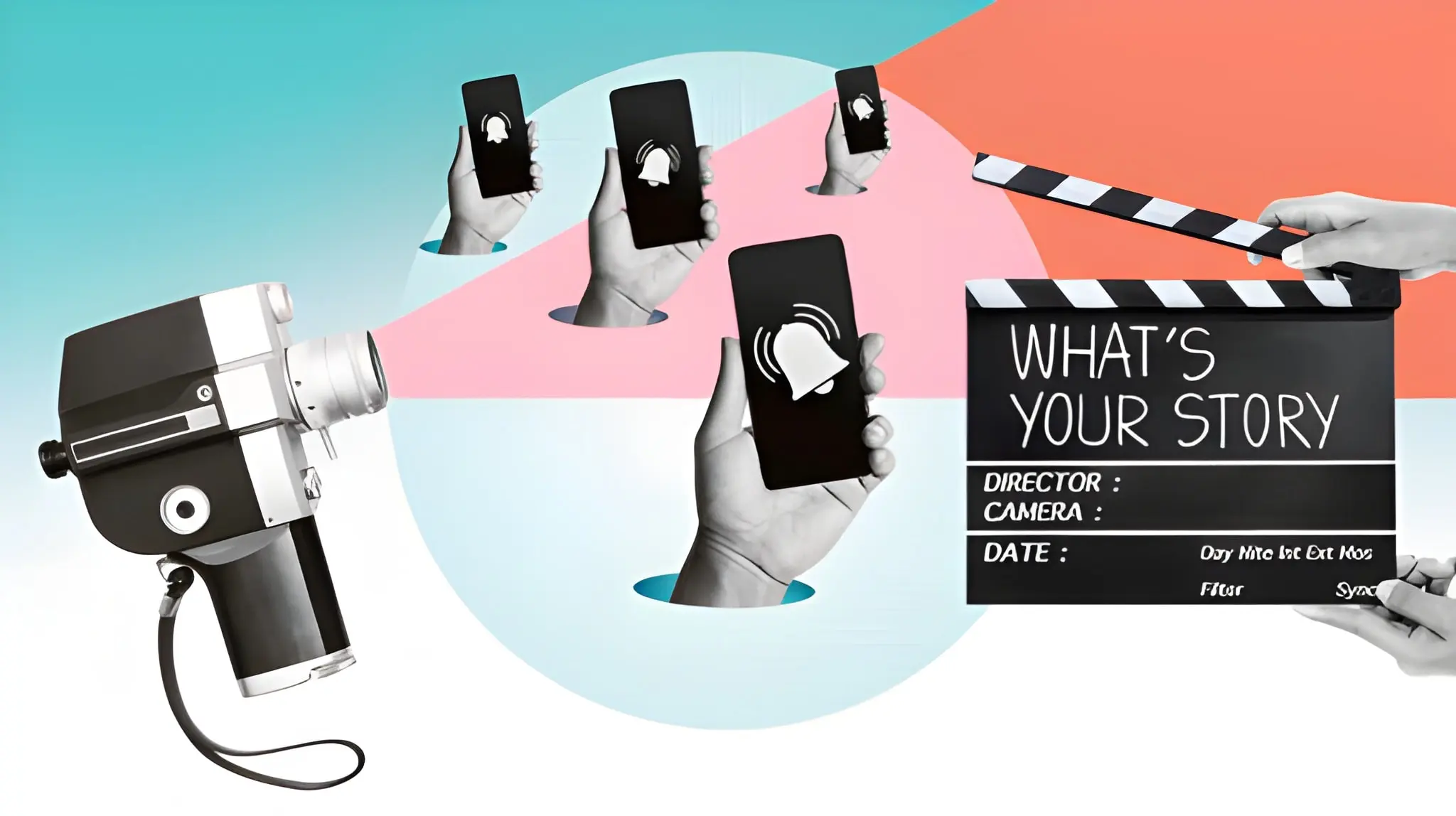When a push notification flashes – flood warning on the bypass, sudden power outage, a high-school final going to overtime – people give your headline a second, maybe two. The very next tap has to feel direct and calm: no maze of fields, no jargon errors, no spinner that outlives curiosity. Local news is judged on response time as much as accuracy. If the first screen dithers, attention slides to social feeds and group chats that will happily fill the gap with half-facts. The job of your entry page is brutally simple: earn trust fast, show a path that makes sense on a crowded bus, and get the first frame playing before the moment passes.
A Lean Entry Benchmark
If your gateway feels “busy,” start with a stopwatch. Tap a known light flow – read more – and time the journey from touch to first useful action. Note the small choices: one primary button in the thumb zone, minimal fields, human copy, swift OTP, and a handoff straight to content. Use that timing as your yardstick on a budget handset over shaky 4G; evenings in town behave like that, not like your office Wi-Fi. If your path takes longer or hides the next step below the fold, you are paying a quiet tax in exits you won’t see on monthly dashboards. Fixes begin with subtraction, not a redesign.
Strip the Journey to What Earns Its Place
Every element must either reduce risk or increase confidence – nothing in between. Phone-first OTP beats password creation on a tiny keyboard; “Get code” beats “Request OTP”; “Code expired – send a new one?” beats cryptic E-numbers. Keep one purpose per screen and never block taps while you validate in the background. If policy forces checks, make them adaptive: step up only on real signals – new device, unusual IP, rapid account hopping – and let everyone else glide. After success, skip the “Welcome” wall and drop people straight into the story. Momentum is a feature; preserve it like uptime.
Design for Bad Networks and Small Screens
Your audience uses mid-range Androids with crowded RAM and busy evenings. Heavy fonts, oversized hero images, and blocking scripts don’t merely slow pages; they shove layouts, hide CTAs under the keyboard, and make “slow” feel “broken.” Inline critical CSS, prefer system fonts that paint instantly, serve WebP/AVIF aligned to device width, and lazy-load anything below the fold. Match keyboards to fields, disable autocorrect where it harms, and keep whatever the user already typed on error. Make retries resilient and visible; a polite “Try again” that preserves state keeps thumbs on task when the cell is groaning.
Live Video Without the Delay Tax
The first frame is your currency during storms, council votes, and late-game drama. Don’t gate it behind long forms. Let a short teaser start small and ramp bitrate as the link stabilizes. Preconnect to the media host; preload just enough for an instant start while the OTP arrives. Keep captions a tap away, not a preloaded burden on slow links. Place language toggles where eyes expect them, and make the player’s primary action unmissable. When the first seconds feel effortless, viewers stay through context clips and follow-ups – exactly where your reporting shines.
Measure the First Minute, Win the Evening
Instrument the minute that decides everything: alert/article → OTP sent, OTP sent → verified, verified → first frame. Track median time to first frame by device tier and network type; averages flatter you. Watch OTP retry rates and API timeouts during peak hours. When numbers sag, reproduce on a low-RAM phone over throttled data and fix what you can feel – image weight, script order, layout jank, tappable areas. Small wins stack: 300 ms here, one fewer field there, and suddenly your newsroom feels instant. That’s the difference between being the source neighbors trust in real time and watching the conversation move on without you.
Also Read-
- Innovative Test Generation Techniques for Modern Applications
- Learn the Collective noun for Wildlife
- Paper Bottles: A Sustainable Leap in Pulp Molding Technology
